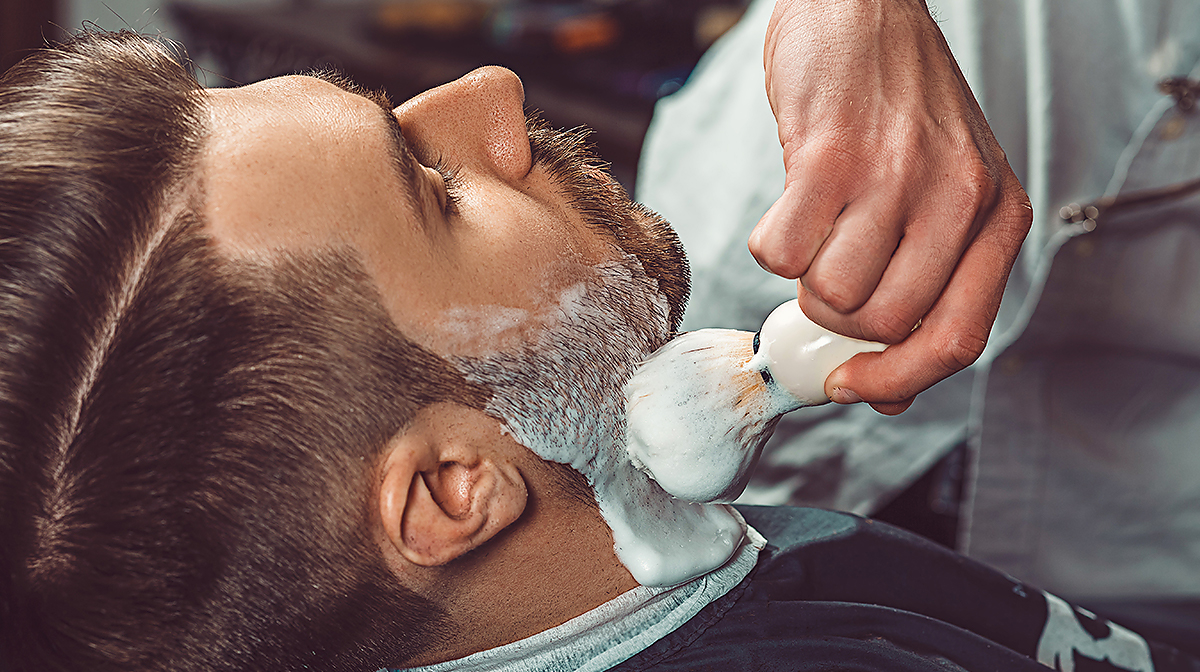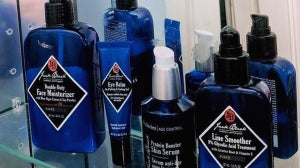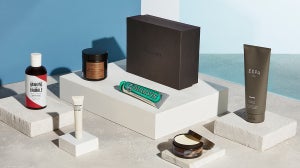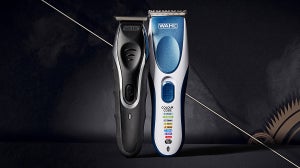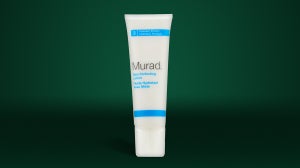
Men no longer need to be clean shaven. What was once a hard and fast rule is now merely one in a range of equally common and equally acceptable options. The shift in attitude, combined with the invention of modern cartridge razors and shaving foams, has led to many traditional shaving methods being left by the wayside. That something is new does not always mean that it is better, however, and clean shave enthusiasts have kept the interest in traditional methods alive. Proper use of a shaving brush is one such technique. For those in the pro-traditional shave camp, a comprehensive traditional routine, involving hot towels, applying cream with a shaving brush, and using a safety razor or cut-throat razor, is guaranteed to give you an unbeatable shave.
The role of shaving brushes in a routine is to prep your skin and facial hair so that they’re in the optimal conditions for shaving. Their other crucial role is to thoroughly and evenly distribute the shaving cream, gel or foam, and create the maximum amount of lather in order to ease the shaving process.
How do shaving brushes actually work?
Shaving brushes prepare your skin and hair for an optimal shave in a number of ways. The first role they play is that they gently exfoliate the skin, removing dead skin cells, hair, and dirt from the area which is about to be shaved. This prevents razors from clogging, which decreases the amount of passes needed to remove all the hair.
As well as this, they allow the softening agents present in the cream or gel you’re using to penetrate deeper into individual facial hairs, causing them to be more pliable, less coarse, and ultimately, easier to cut through.
Their most important effect is to lift the clean, softened hair from your skin. This improves your shave to no end, as it allows the blade of your razor to easily pass through the hair without having to be pressed into your skin, bringing about massive reductions in redness, irritation, and ingrown hairs.
How to use shaving brushes

Step 1. Clean the face with warm water and cleanser
Self-explanatory so far, but in case you weren’t aware, it’s a vital step. Cleaning the area will reduce the likelihood of breakouts occurring from bacterial infection of shaving nicks and cuts. Using warm water also opens up your pores, and allows for a closer shave. Exfoliating at this stage is also helpful.
Step 2. Dip the end of the brush in warm water
This will clean the brush of any debris remaining from the previous use, as well as make application of your shaving cream or foam easier.
Step 3. Apply your shaving cream or foam
If you’re using a foam for step 3, apply to your face with your hands before creating a lather with your brush. It’s best to use a cream however, and to do this, simply dab your brush directly into the cream, and apply an even layer.
Step 4. Create a lather
The trick to correct use is to move gently from side to side. Being too rough with the brush may break or irritate your skin, and will lead to the bristles of your brush wearing out quicker. Take your time, and brush until a thick, even lather has been created across the area you’re intending to shave.
Step 5. Shave
In general, to avoid irritation, it’s best to shave with the grain, and try to limit the number of passes you make with the razor to as a few as possible. When using a safety razor or cut-throat razor, use only a light application of pressure to the handle to avoid cuts and irritation.
Step 6. Clean your face, and your equipment
After washing away your shaving foam or cream, cleanse your face again to limit the risk of breakouts. Remove any debris from your razor, wash with water, then use a cloth or paper towel to remove any moisture from the blade. Similarly, wash your shaving brush to remove any remaining cream.
Step 7. Store your equipment the right way
Standing your razor up will allow any remaining water to drip away, preventing rusting and slowing the rate at which the blade dulls. In the same way, hanging your shaving brush to dry, aside from being more hygienic, will keep the bristles from deteriorating over time.
-
Like this content? Check out our guide to building your Vichy routine, our comprehensive guide to hair products for men, and keep up to speed with the Mankind blog.

